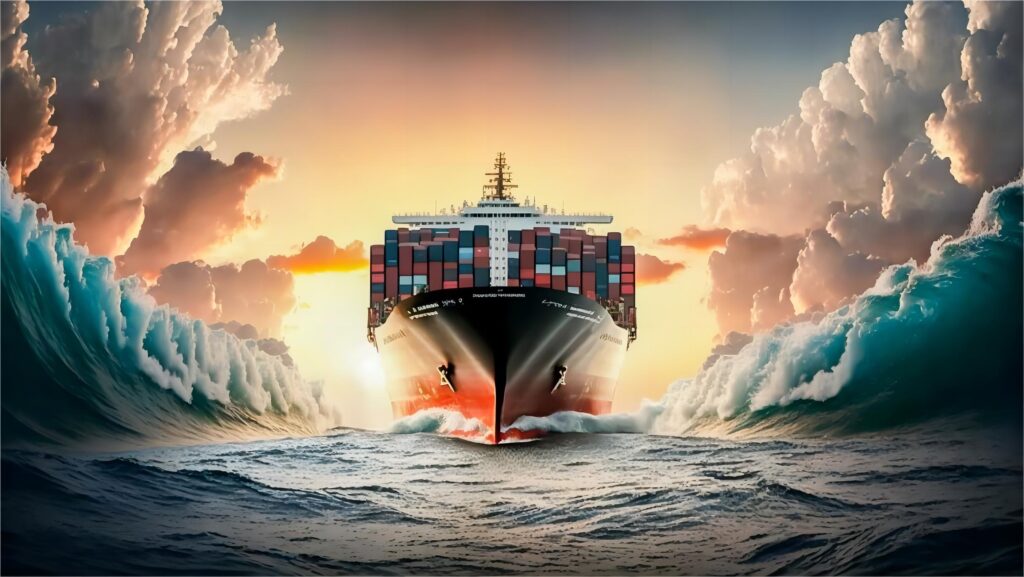Shipping from China to Canada involves multiple logistics stages, and understanding the inland transport cost within Canada is crucial for budgeting. Inland transport refers to the cost of moving goods within Canada after they’ve arrived at a port, typically from the entry port (like Vancouver or Montreal) to the final destination.
To estimate inland transport costs, consider the following:
1. Distance from Port to Destination
The cost of transportation will vary based on how far your cargo needs to travel. For example, shipping goods from Vancouver to Toronto will incur different costs than shipping from Montreal to Calgary.
2. Mode of Transport
Depending on your needs, you may choose truck transport, rail, or air freight. Truck transport is commonly used for shorter distances, while rail may be more cost-effective for longer hauls.
3. Size and Weight of the Cargo
The larger and heavier your cargo, the more it will cost to transport inland. Some freight planners provide specialized rates for special cargo that requires unique handling or packaging.
4. Fuel Prices and Seasonal Variations
Fuel prices can significantly affect inland transport costs. Additionally, the time of year can also impact pricing due to seasonal demand for transportation services.
Canada Special Cargo Freight Planner
If your shipment includes special cargo, you may need a Canada special cargo freight planner. Special cargo includes items that require particular attention, such as hazardous materials, oversized machinery, or fragile goods. These planners help determine the best routes, modes of transportation, and packaging solutions.
When working with a special cargo freight planner, ensure that they are familiar with Canadian regulations and have experience handling special items. They will also assist in managing any customs clearance and arranging for appropriate insurance.
Canada Packaging Rules for Imports
Canada has strict packaging rules for imports to ensure the safety and compliance of goods entering the country. Some key points to consider are:
- Wood Packaging: Wooden crates, pallets, and other wood packaging must meet the ISPM 15 standard to prevent the spread of pests.
- Labeling Requirements: Imported goods must be correctly labeled with product descriptions, origin, and handling instructions. This helps streamline the customs clearance process.
- Protective Packaging: Fragile items need extra protective packaging to prevent damage during transport.
Consult with a freight consolidator or a special cargo planner to ensure your packaging complies with Canadian standards to avoid delays and fines.

People Also Ask (PAA)
- How do I estimate inland transport costs in Canada?
- Inland transport costs in Canada depend on distance, the mode of transport (truck, rail, air), cargo size, and seasonal fuel prices.
- What is a Canada special cargo freight planner?
- A Canada special cargo freight planner is a logistics expert who handles the transportation of sensitive or oversized goods, ensuring compliance with Canadian regulations.
- What are the packaging rules for imports into Canada?
- Canada packaging rules include requirements for wood packaging, proper labeling, and protective packaging to ensure safe importation and prevent damage or pests.
